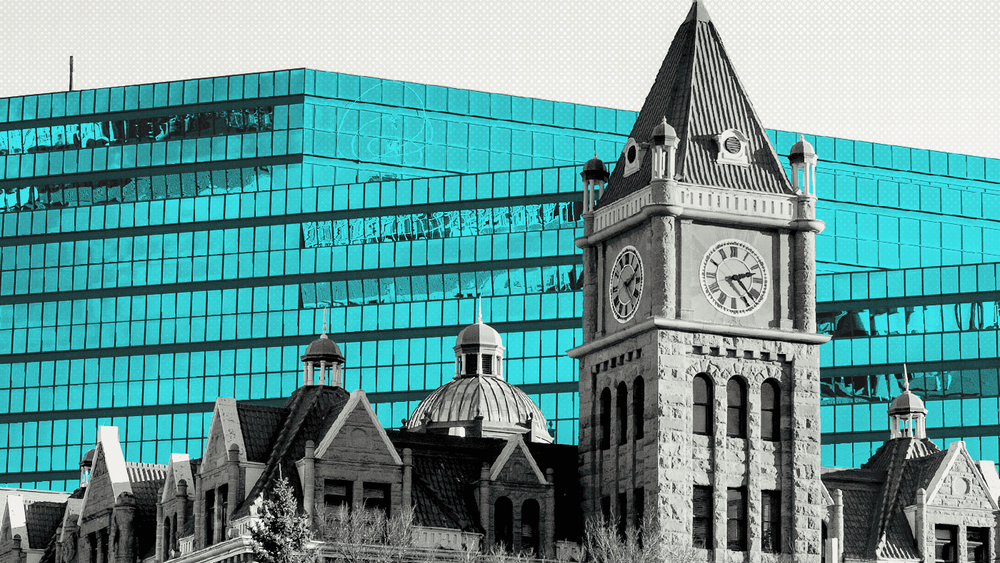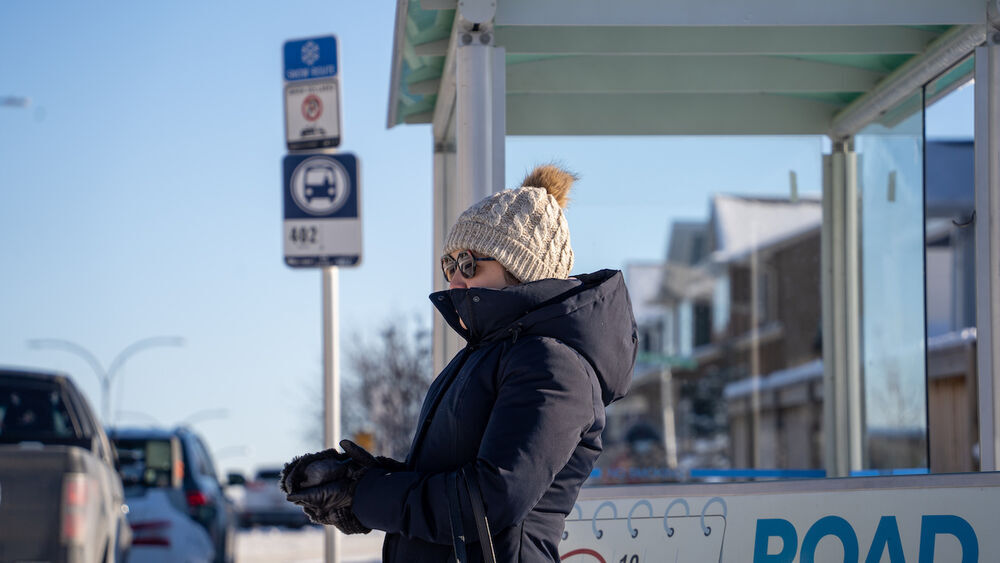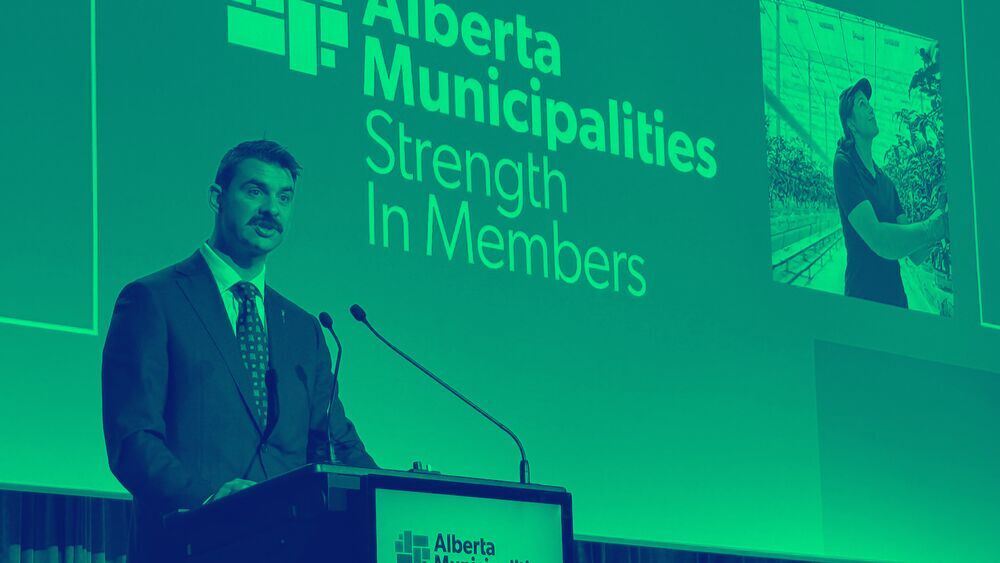
The myths that shape Calgary
We’re constantly trying on different hats.
On weekends, The Sprawl sends out an email newsletter called Saturday Morning Sprawl. You can subscribe here. Here is this week's dispatch.
For whatever reason, it endures.
There’s a sign on the east side of Calgary, on the Trans-Canada Highway, that does not bear the city’s current slogan, the one that greets people coming into town from the other three directions: Be Part of the Energy™.
Instead, this gateway to the city has the old slogan, "Heart of the New West," along with a red stylized cowboy hat.
I like to wonder why this remnant is still here.
Maybe some focus group found that the old slogan still resonates with people driving westward toward the mountains. Maybe it’s because the sign is a concrete affair, more difficult to replace than a metal sign. Maybe it’s because the east side of the city has been neglected yet again.
Regardless—preserve this relic! I kind of love this old sign, and not just because of nostalgia. The old slogan encapsulates a few different elements of Calgary’s ever-shifting identity.
It suggests a sense of place. It hints at our longstanding myth of western hospitality. It’s a little hokey. And, perhaps most importantly, it is contestable. It asserts something.
“The new West”—what does that even mean? What does it encompass? How is the “new West” any different from what came before?
The old slogan invites questions. You can have a real go at it.
It’s a little hokey. And, perhaps most importantly, it is contestable. It asserts something.
You can argue, too, that it’s total bull. Consider the people freezing on our streets. Earlier this week, CBC reported that frostbite amputations have dramatically increased in Calgary, more than tripling from the year previous.
Is Calgary a place with heart, or a city without a soul?
Which brings us to the current slogan, which officially replaced the old one in 2015: Be Part of the Energy™. (Yes, it's actually trademarked, and the little ™ is on the sign—although I'm pretty sure we don't have to worry about anyone stealing it.)
You can’t contest this, because it makes no claim. It’s so sterile as to be meaningless. It blandly nods at the oil and gas industry. But it lacks, well, energy. It has no oomph. You can't fight over it! (Although you can paper over it—as when some sharp wits added an extra word to the slogan, so that various signs around town read: Be Part of the Energy Transition™.)
Alas, the “new” slogan is already dated, and we're searching for a new sense of civic self yet again. The Calgary Chamber of Commerce recently declared its intention to “develop a unified vision and narrative for Calgary.” A “cohesive story” to help attract more talent to the city. The chamber envisions this happening, in part, through the creation of a Chief Brand Officer (CBO) at city hall.
None of this is particularly new. As a city, we are constantly trying on different hats, forever trying to nail down some kind of coherent civic identity. This proves elusive. What is authentic about this place? What is contrived? Where is the line between the two? Who defines a city's culture?
We’re searching for a new sense of civic self yet again.
For the next few weeks, The Sprawl is going to dig into Calgary's changing civic identity. It goes much deeper than slogans—although words are part of it.
Does the celebration of Calgary as a “livable” city, for example, actually make it so? What happens to our sense of local understanding when our information sources have become so fragmented? And what are the little corners of the city that contribute to a sense of belonging—that help us identify with this place, that make the city what it is?
These are a few of the questions that will animate our work over the next few weeks. Our team is hard at work on stories for this edition—so stay tuned!
Jeremy Klaszus is editor-in-chief of The Sprawl.



